Also located in the Argolida region of eastern Peloponnese,
the ancient archaeological sites of Mycenae and Tiryns together constitute a
second UNESCO World Heritage site on the peninsula. Mycenae, the primary site, has lent its name
to the civilization that existed across much of the Peloponnese and southern
Greece during the second millennium B.C.
For about 400 years between 1600 and 1200 B.C., the citadel of Mycenae
and its surrounding city were the capital of the most important kingdom of the
Mycenaean civilization. The Mycenean cities declined after 1200 B.C. and
Mycenae itself, the abode of famed king Agamemnon, was largely destroyed about
a century later.
Mycenae was mentioned a few centuries later by Homer in the ‘Iliad’
and the “Odyssey’ but until the 19th century those were regarded as
mere legends. In the 1870s, though, German archaeologist Heinrich Schliemann,
who also discovered Troy, uncovered ancient Mycenae.
The hilltop ruins at Mycenae are inspiring more for their
history and hilltop location than for the remains.
There are a number of
impressive parts of the site like the Lion Gate, Underground Cistern, and
numerous beehive Tumulus Tombs, but most of what is there is just foundations
and the bases of walls. There are a fair
number of artifacts uncovered at the site at the Mycenae Museum, but most of
the top finds from Mycenaean tombs are in the National Archaeological Museum in
Athens.
A second site of great importance during its day is the
nearby Citadel of Tiryns, once also a vast royal palace. What remains today is less impressive than at
Mycenae, with which it shares the UNESCO designation. Being on a plain rather than a mountainside
and hilltop, Tiryns ruins are also less photogenic than Mycenae and much less
visited.
The Argolid Plain around the two looks like something out of
southern California with its citrus groves stretching to the edges of the
mountains. And then on the hillsides the olive groves take over. I can’t verify this as fact, but my tour
guide in Albania said there over 130 million olive trees in Greece. They do seem to cover much of the country,
but if true that’s between 12 and 13 olive trees per human resident of Greece.

 Archaeological site of Mycenae, Greece
Archaeological site of Mycenae, Greece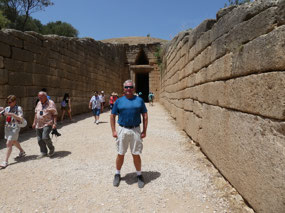




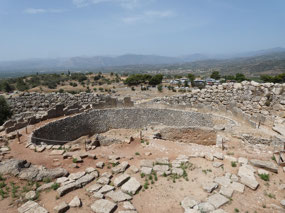
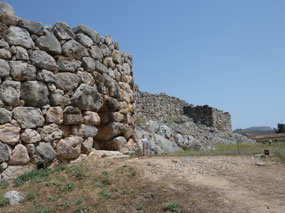
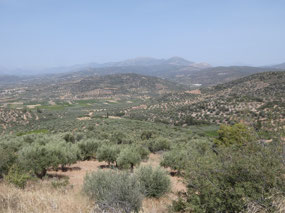

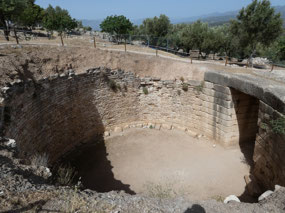
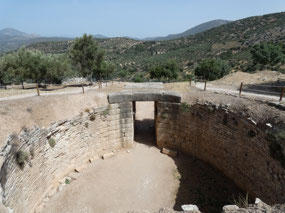
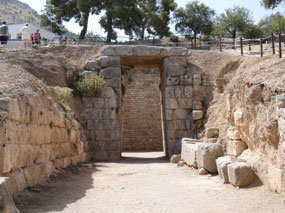
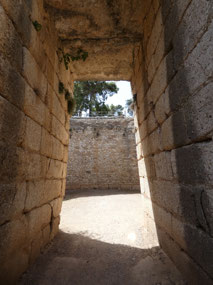
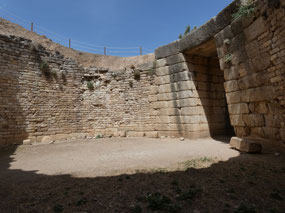
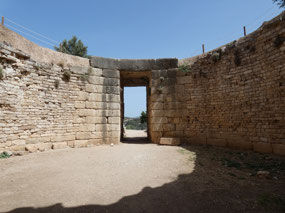
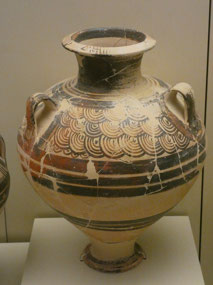
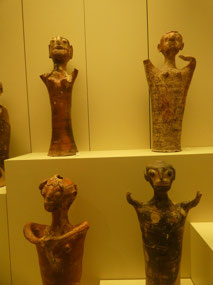
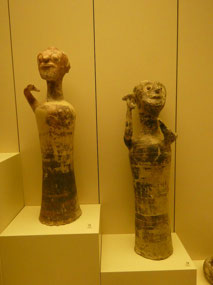

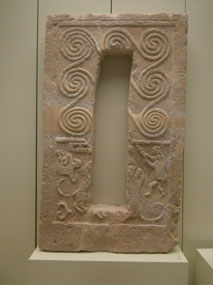
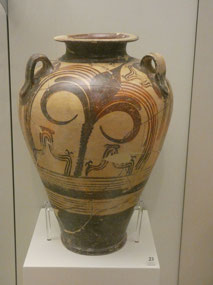
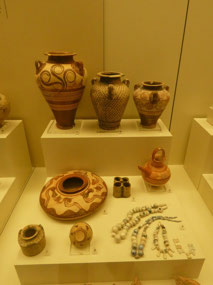
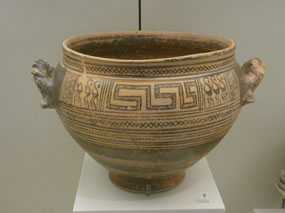
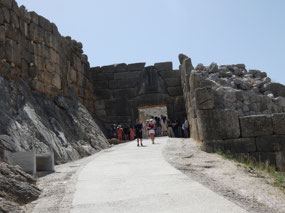
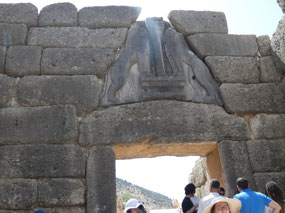
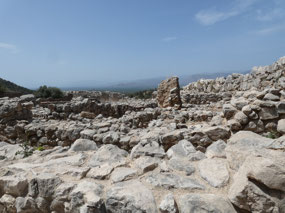
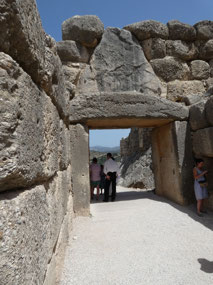
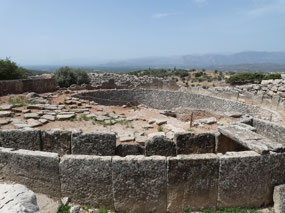
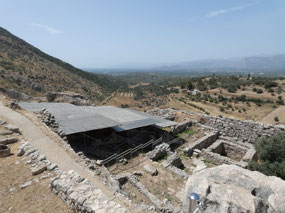
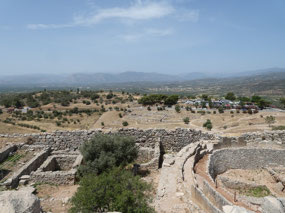

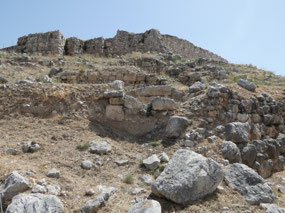

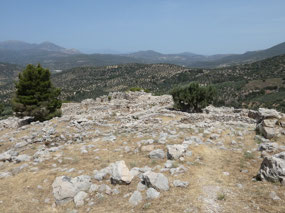
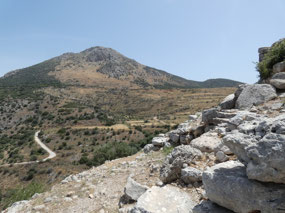
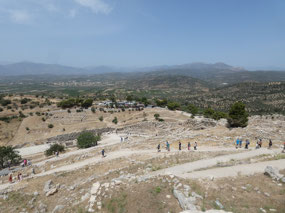
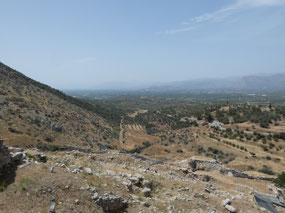
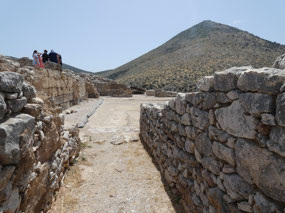
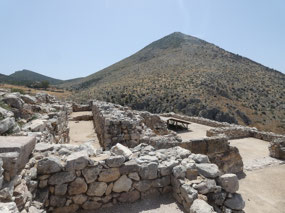
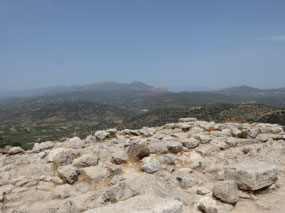

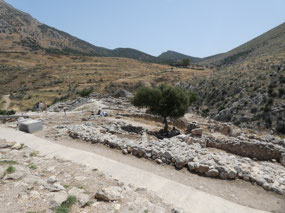
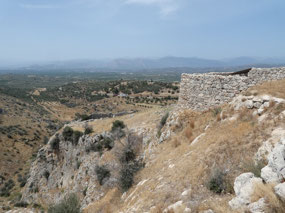

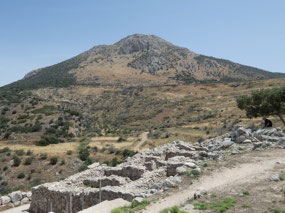

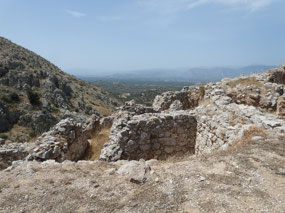
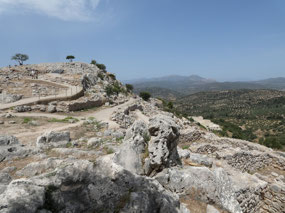
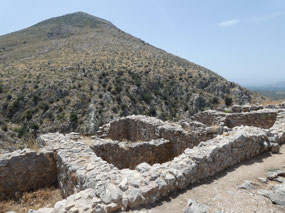
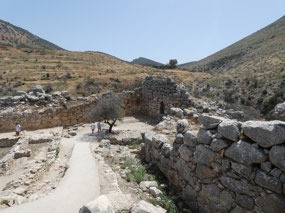
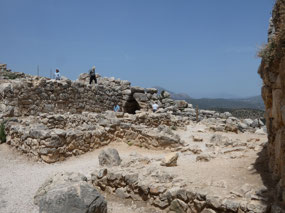
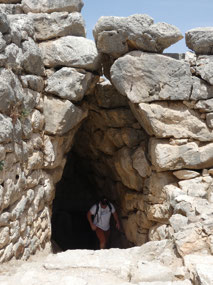
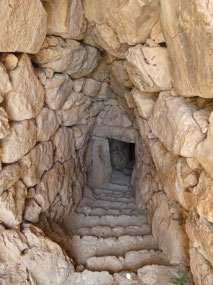
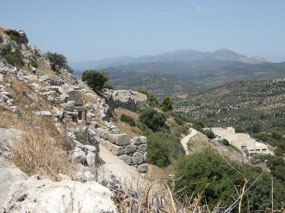
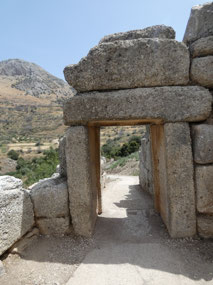
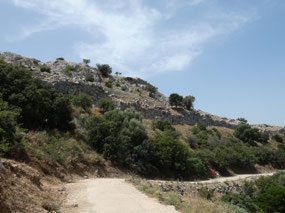
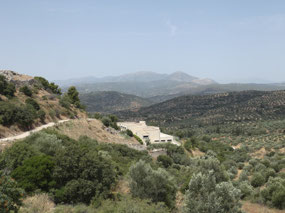

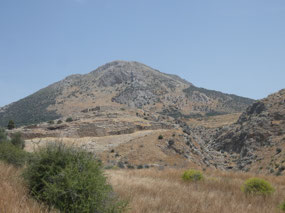
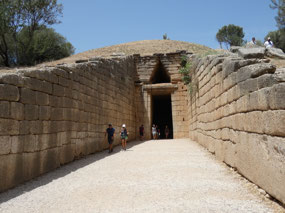

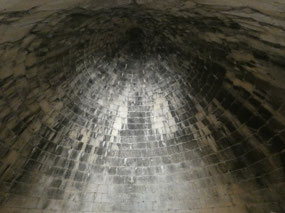
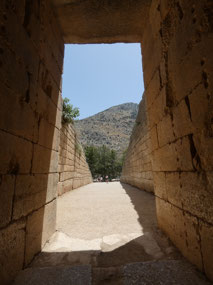
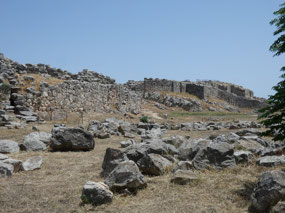

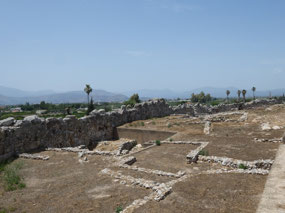
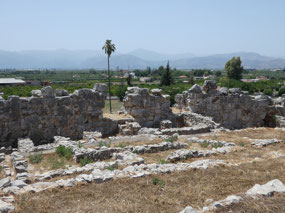
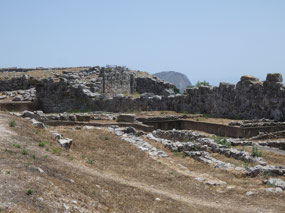
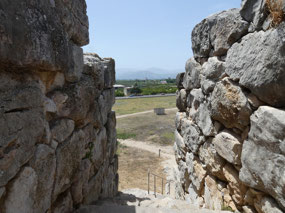
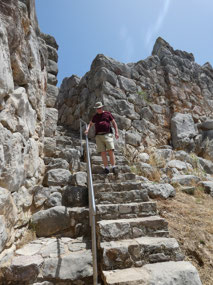
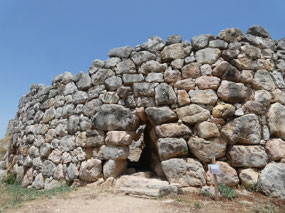
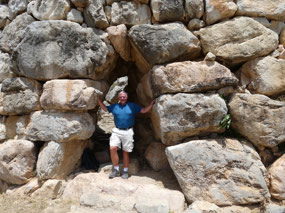


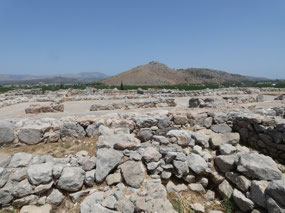
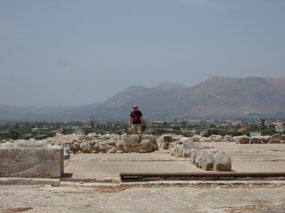
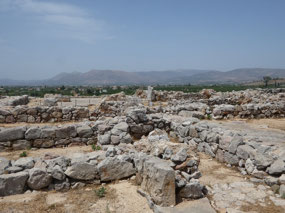
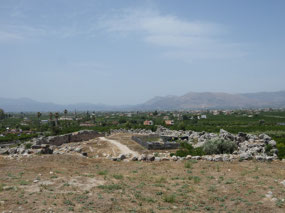
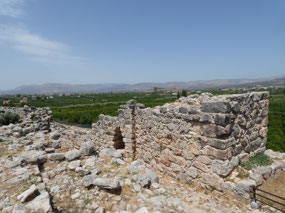
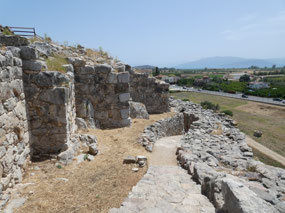
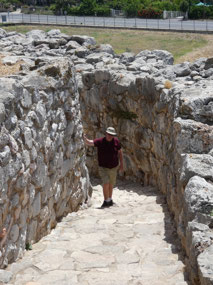
2025-05-23